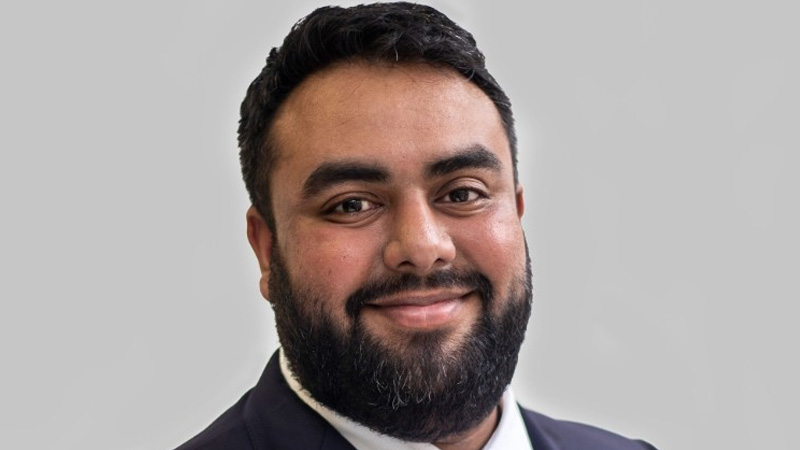SMSFs moving ‘further up the risk curve’
Self-managed super funds have been driven “further up the risk curve” by the current low interest rate environment, according to an investment platform.
Stropro, an investment platform specialising in structured products for wholesale and sophisticated clients, said SMSFs have increased their allocation to “higher-risk and poor-quality” listed assets in the search for higher yields.
It said traditional asset classes have failed to deliver “the necessary” combination of wealth preservation and yield that SMSFs seek amid the market volatility.
Recent ATO figures show the 100 largest SMSFs in Australia have invested more than $1 billion into leveraged residential and commercial property investments.
Speaking exclusively to SMSF Adviser, Stropro chief executive Anto Joseph said SMSF investors should consider investing in structured products if they want to reduce risk in the low interest rate environment.
“For those investors who wear traditional asset classes, you see they’re in a low interest rate environment, so cash is not sustaining their lifestyle or earnings, and we’ve found that they’re starting to go out into other alternative solutions to pick up that yield,” Mr Joseph said.
“Structured products allow them to not be impacted as much by volatility because they have downside protection features built in and they provide a greater certainty of return.”
Mr Joseph also said Australia’s high-net-worth investors have between 30 per cent and 55 per cent of their total wealth invested in both Australian and international equities.
“Equities have experienced a sharp downturn in recent months, eroding the wealth of many Australian investors,” Mr Joseph said.
“Dividend income is no longer a certainty. As a result, SMSF investors are finding themselves in a very difficult position.”
He said that, until recently, property, equities and cash were the assets that dominated SMSF portfolios, with few SMSFs seeking more diversity.
“Only in the last five to 10 years have SMSF investors started to consider other options like ETFs for a passive, low-cost approach, or hybrids to diversify their holdings,” he said.
“The problem for SMSF investors is the difficulty of generating returns while preserving their wealth.
“Traditional portfolio construction has not prioritised income certainty or capital protection.”








